Mung bean paste – what is it?
Picture an ingredient that slips as easily into a savory dish as it does into a sweet one – a true culinary double agent. That is exactly what mung bean paste is, a quiet star of Asian cooking (let’s shine the light on Vietnamese and Thai dishes, though you will spot it almost everywhere).
Made from mung beans – those small green or yellow pearls – the beans are first cooked until tender, then blended into an irresistibly smooth paste.
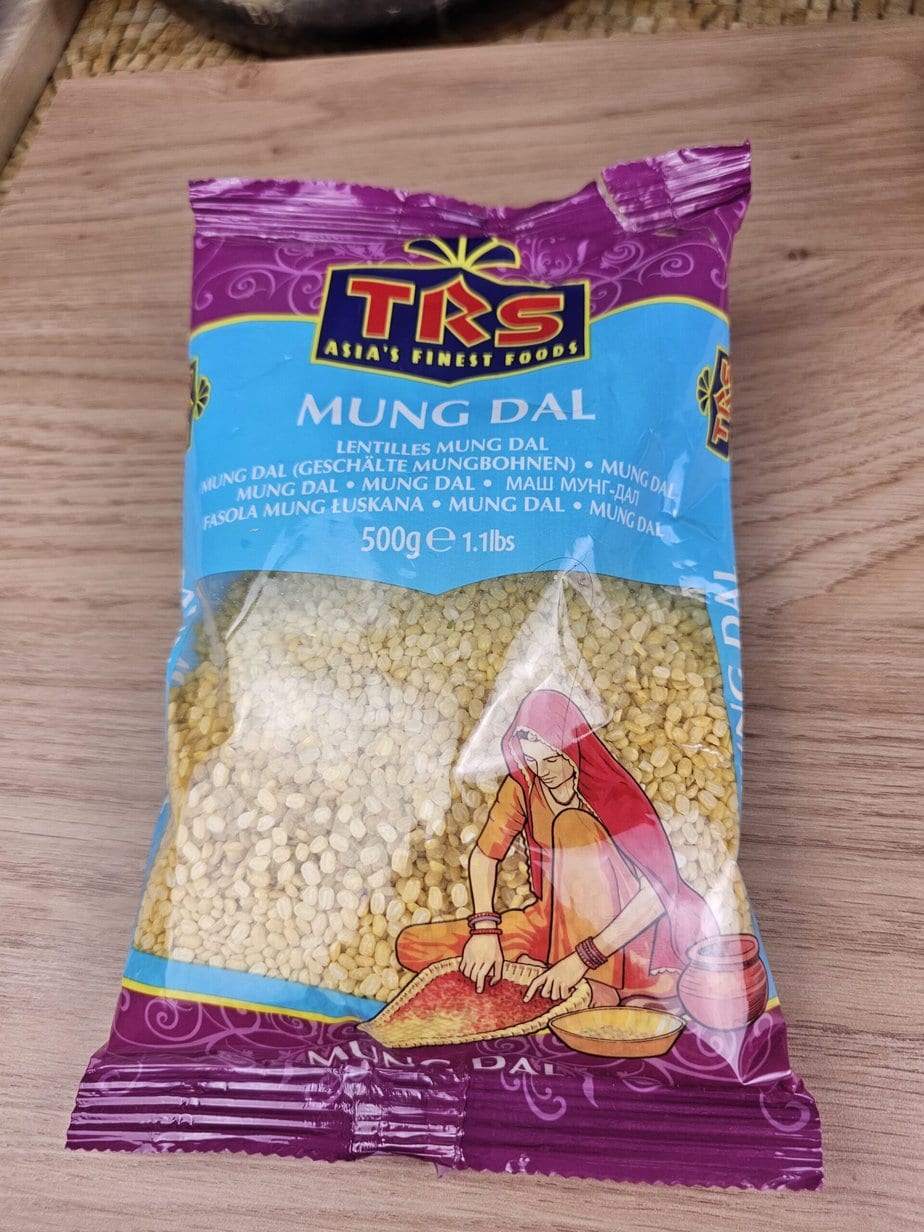
But that is not all. This paste is a true chameleon, ready to switch personalities whenever you ask.
Craving something sweet? Stir in sugar or honey, even a touch of butter as in mung bean mooncakes.
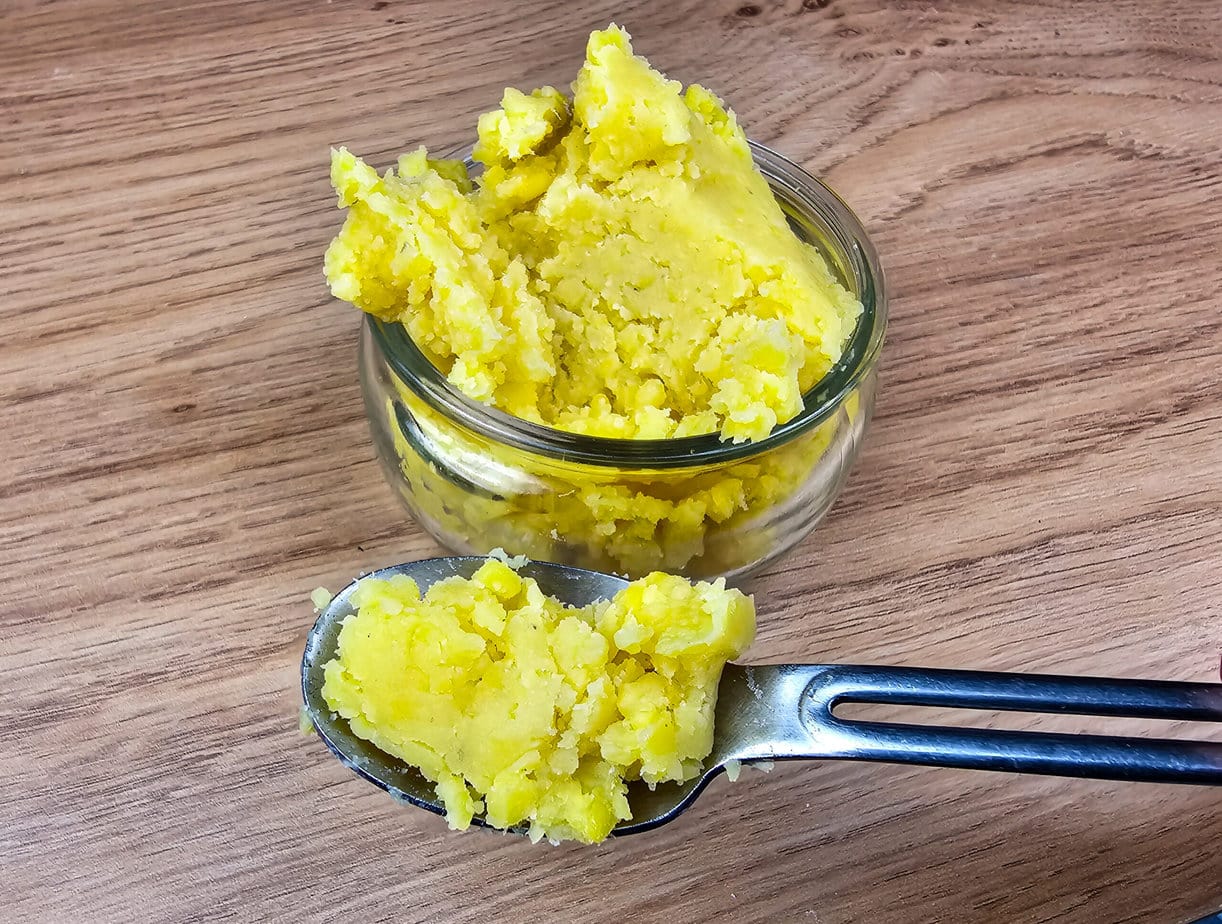
Prefer something savory? No problem – a pinch of salt or a splash of soy sauce does the trick. Mung bean paste is a blank canvas, ready for any flavor you dream up.
A texture you can tailor to every taste
And here is the best part: you control the texture. Team “smooth”? Blend until silky and creamy. Want some bite? Leave a few bits intact for a richer mouthfeel.
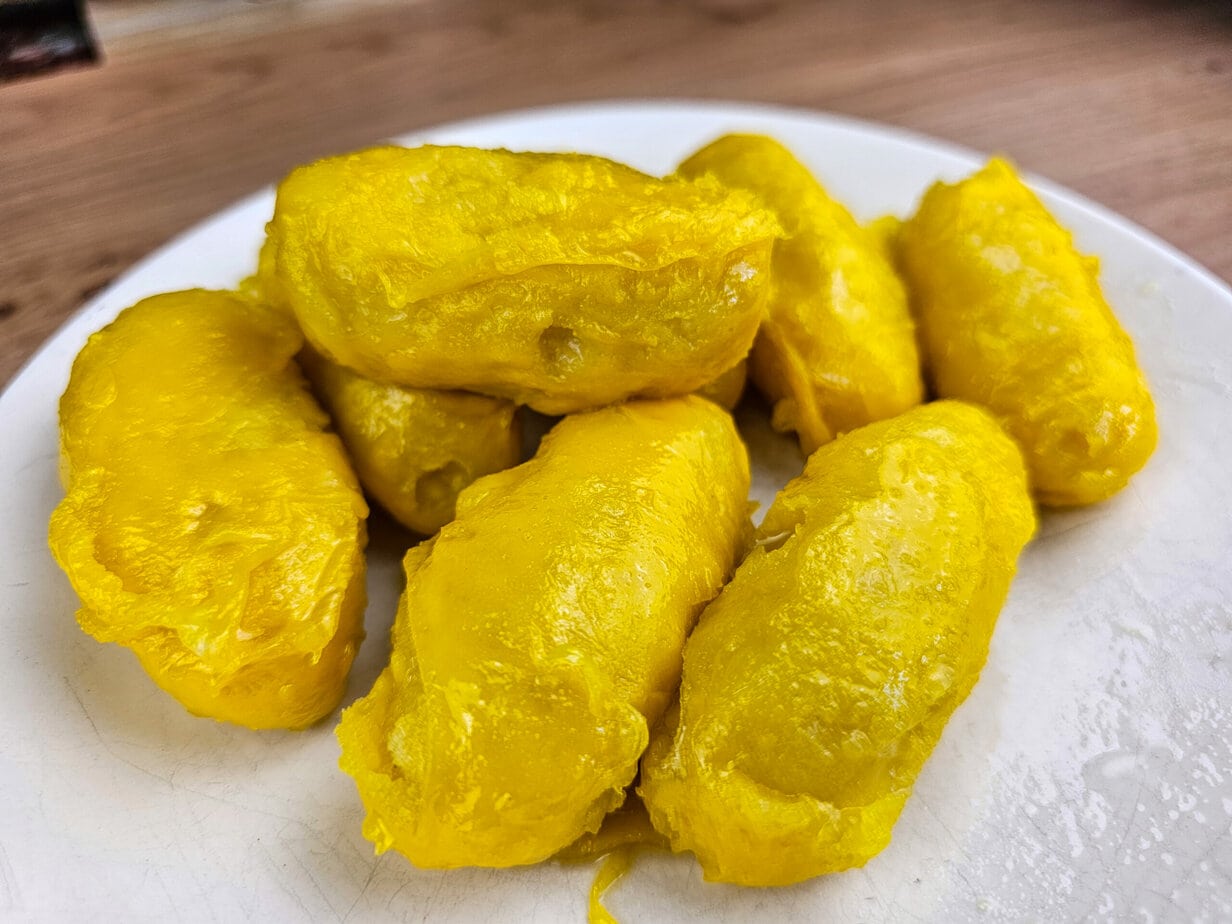
Ready to dive into the mung bean paste adventure? Whether you are a Michelin-star chef or a first-time cook, this paste promises happy surprises and delicious moments. Grab your pots and pans!
Sweet beans are strange, aren’t they?
We already touched on this topic with my Japanese red bean paste, but I wanted to dig a little deeper.
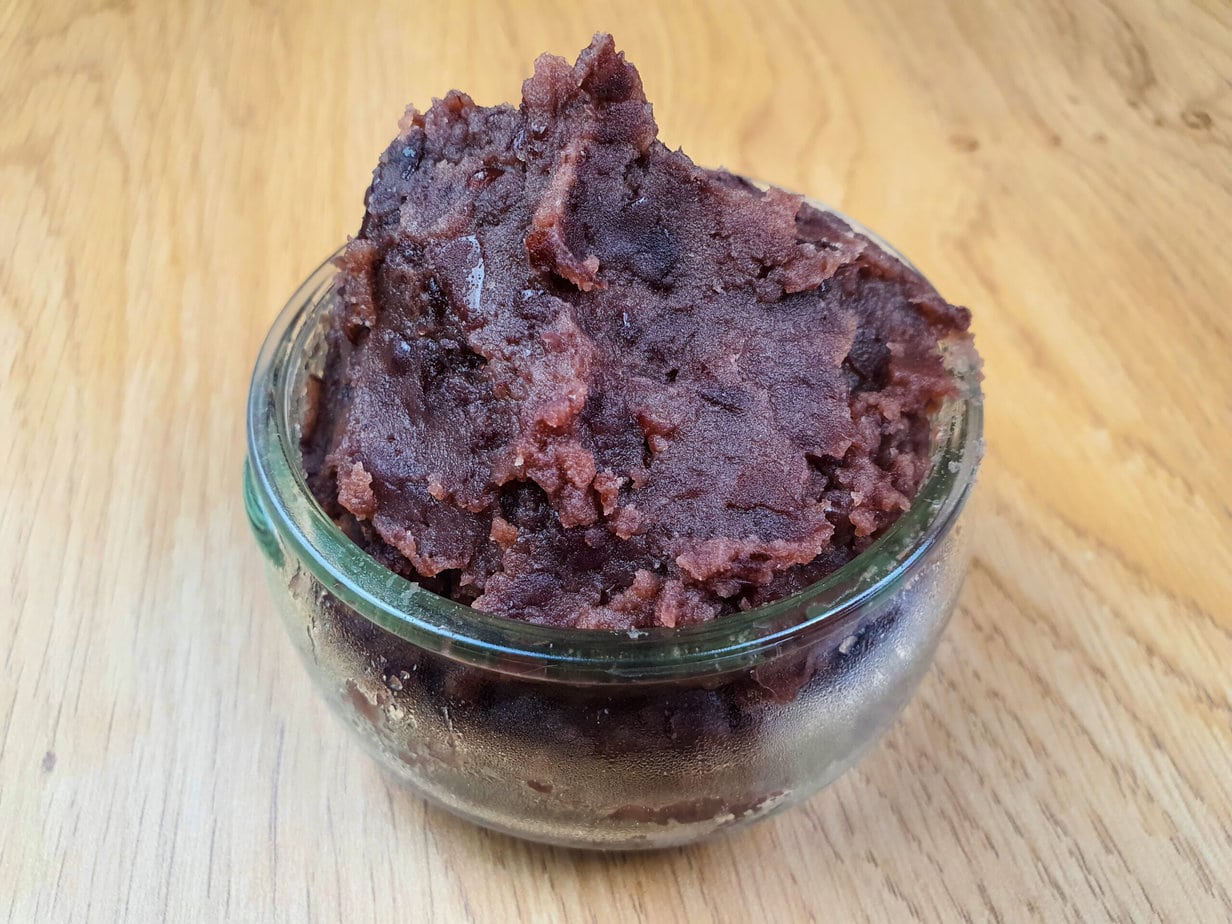
Look at classic Western desserts and one thing jumps out: beans and legumes are almost nowhere to be found.
That may seem odd, especially when you learn how common they are in Asian sweets.
In Asian kitchens, beans are not reserved for savory fare.
Prepared with care, they bring a gentle sweetness and creamy body to many desserts. It can feel unusual to a Western palate, yet it offers a whole new range of flavors and textures.
The appeal is not just taste. Beans add serious nutrition to treats as well.
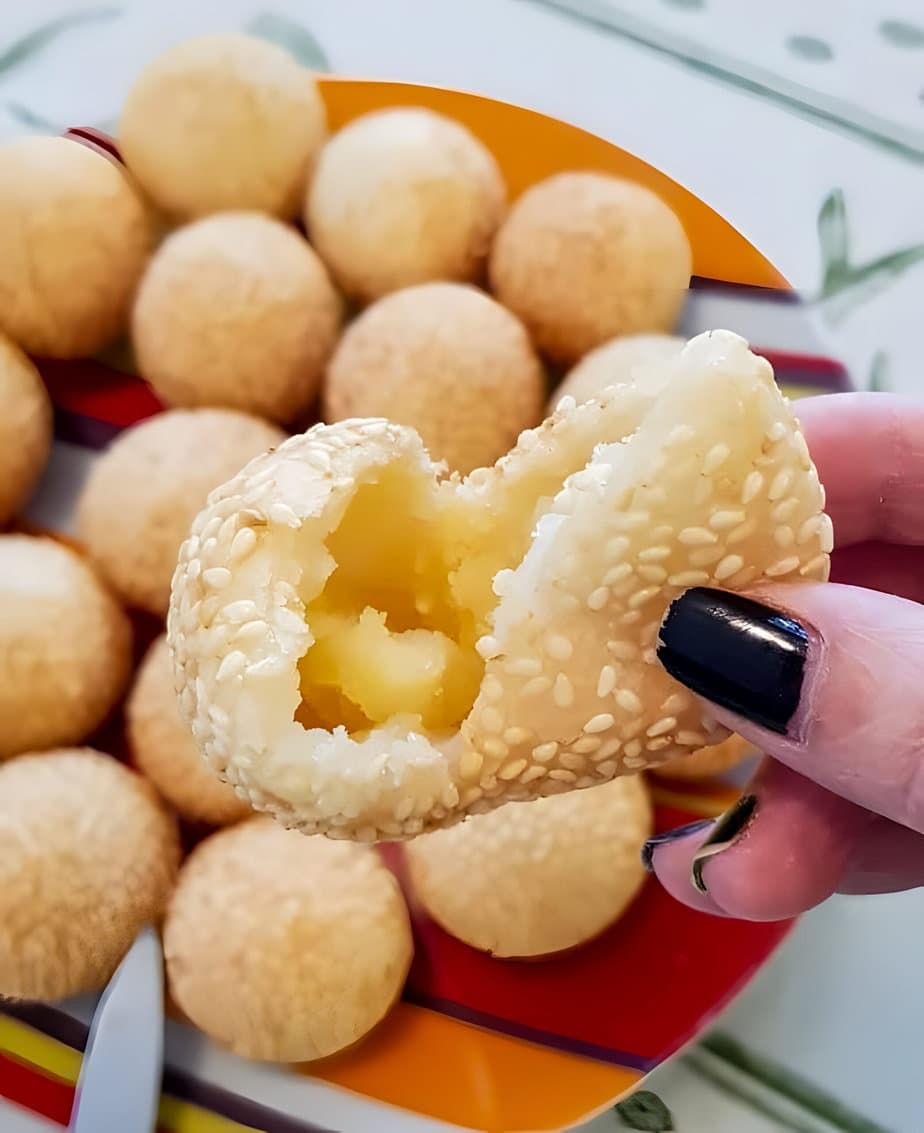
Beans supply protein and many other key nutrients, so desserts made with them are both flavorful and balanced.
Try this paste in Chinese coconut pearls or even mochi.
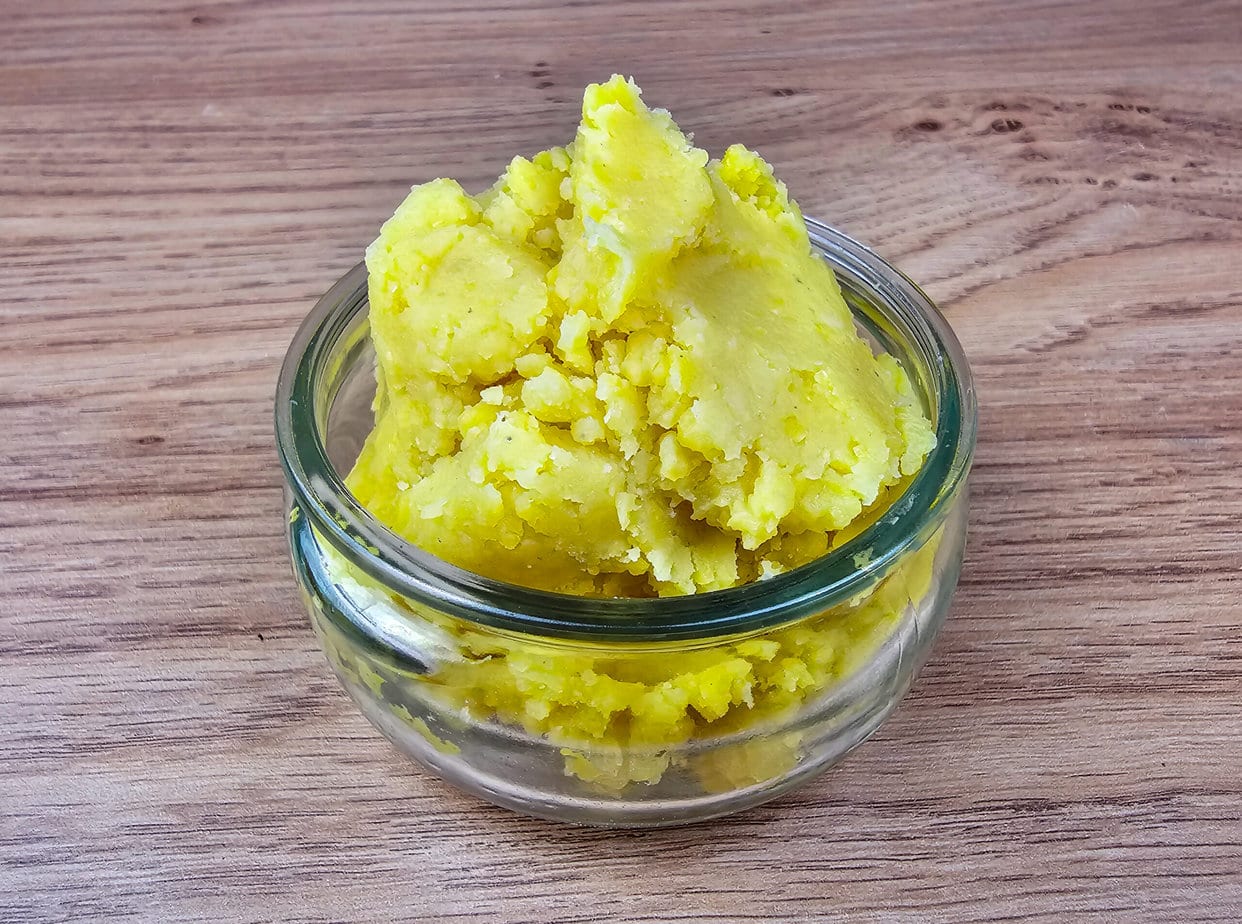
Mung Bean Paste
Ingredients
- 130 g split yellow mung beans dal
- 30 g sugar
- water
Instructions
- Rinse the beans 5–6 times, until the water runs clear.
- Cover the beans with cold water and soak overnight in the refrigerator.
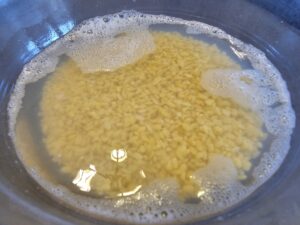
- The next day, drain, transfer the beans to a saucepan, cover with fresh water, and bring to a boil.
- Simmer for 20–25 minutes, until the beans are tender.
- Drain, then blend the beans in a food processor until completely smooth.
Notes
nKeeps in the fridge for up to 4 days n

